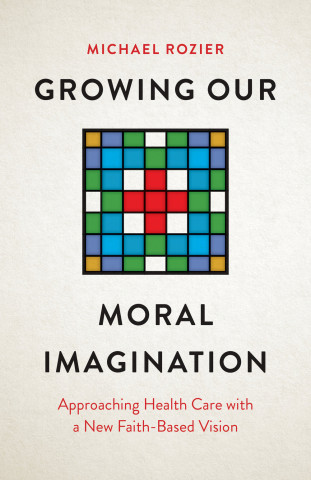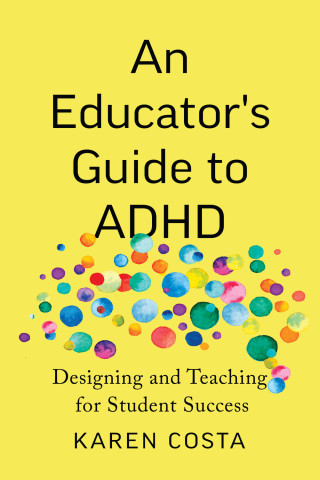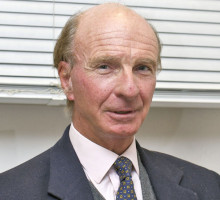
Reviews
This book exists... to explain matters of the heart using our knowledge of the mind... A host of professional students, clinicians, educators, and other well-read individuals will find this worthy of a close and careful read.
Perfect for either college-level collections strong in science, health, or social science and for public lending collections alike... An intriguing, lively survey.
A highly thought-provoking excursion through neuroscience, philosophy, and culture.
This scholarly, yet provocative, book from an insightful, observant neurologist... is rich with thought-provoking ideas.
It is hard to imagine reading this book carefully without being enriched by the experience.
This text considers crucial and significant questions about the relationship between creativity, belief and the brain. One does not need to agree with the arguments and conclusions to find much of value in this book. I suspect that it will receive a warm critical reception within scientific and medical contexts, and I have no doubt that many receptive readers will also be found amongst an informed general audience.
Trimble’s book has elegantly accomplished its ambitious scope in highlighting the cerebral mechanisms that contribute to the most vital aspects of human experience, thus building solid intellectual bridges between different—and often noncommunicating—research fields.
A final chapter integrates the book's core themes, using poetic examples as illustrations—resulting in an evocative meditation on art and biology.
Trimble elegantly and expertly surveys the literature on the neurologic correlates of changes in religious, esthetic, and poetic expression and then synthesizes what he has garnered from his reviews into a balanced and reasonable theoretical framework with which to understand these central facets of the human experience.
There have been a flurry of books recently on God and the brain, written either from the cold hard world of a neuroscientist or the more abstract but less brain-informed pulpit of a spiritual leader. Trimble tackles this most important topic with his unique knowledge and perspectives gained as a knowing and caring physician, a critical neuroscientist, a gifted historian, and a superb storyteller. He fuses these fields to address the simplest and most important questions: Why do we cry when we listen to music, or pay money to go and weep in the theater? This book is a remarkably new approach to understanding why we behave, think, and feel as we do.
To clarify the creative origins of poetry, music, and visual art requires polymathic erudition, and this is just what Michael Trimble is able to supply. The Soul in the Brain broadens the discussion of the evolutionary origins of language and plants it firmly in the brain. It deserves to be widely read.
In this latest book, Dr. Trimble incorporates his long experience with patients who have brain disorders, his thoughtful approach to neurological diseases, and his philosophical depth to take the reader on an exciting adventure examining the cerebral basis for the cultural beliefs we hold most dear. Those interested in neurology, psychiatry, and the relationship of these disciplines to culture will find this an exciting read and a 'must have' book.
Michael Trimble, consultant psychiatrist at the Institute of Neurology in London, is, in my view, today’s outstanding student conceptualizing the relationship of the brain to those matters of human mental life expressed in creativity and life-force. He follows in the wake of previous psychiatrists to the National Hospital such as W.H.R. Rivers and Eliot Slater in bringing broad scholarship and wide-ranging interest to his daily work. Like them, he is a superb writer capable of making the most difficult of subjects clear, and his opinions are likewise coherent and compelling. But Trimble has the great advantage of being expert in contemporary techniques in brain imaging—all brought to the highest level of capacity at the National Hospital—that permit him to draw the fascinating ideas displayed here in this book on the human spirit. Here neuroscience, practical clinical experience, and deep thinking combine in an engrossing fashion. Everyone interested in the human mind—and who is not?—will find riches here for contemplation.
Book Details
Acknowledgments
Introduction
1. Where Did It All Begin?
2. The Neuroanatomy of Emotion
3. Language and the Human Brain
4. The Other Way of Using Language
5. The Breakdown of Language
6. Music and the Brain
7
Acknowledgments
Introduction
1. Where Did It All Begin?
2. The Neuroanatomy of Emotion
3. Language and the Human Brain
4. The Other Way of Using Language
5. The Breakdown of Language
6. Music and the Brain
7. Neurotheology I: Epilepsy
8. Neurotheology II: Other Neurological Conditions
9. God, Music, and the Poetry of the Brain
Epilogue
Appendix I: Brief Biographies of Some Poets with Bipolar Disorder
Appendix II: Some Notable Religious Poets
Notes
References
Index





